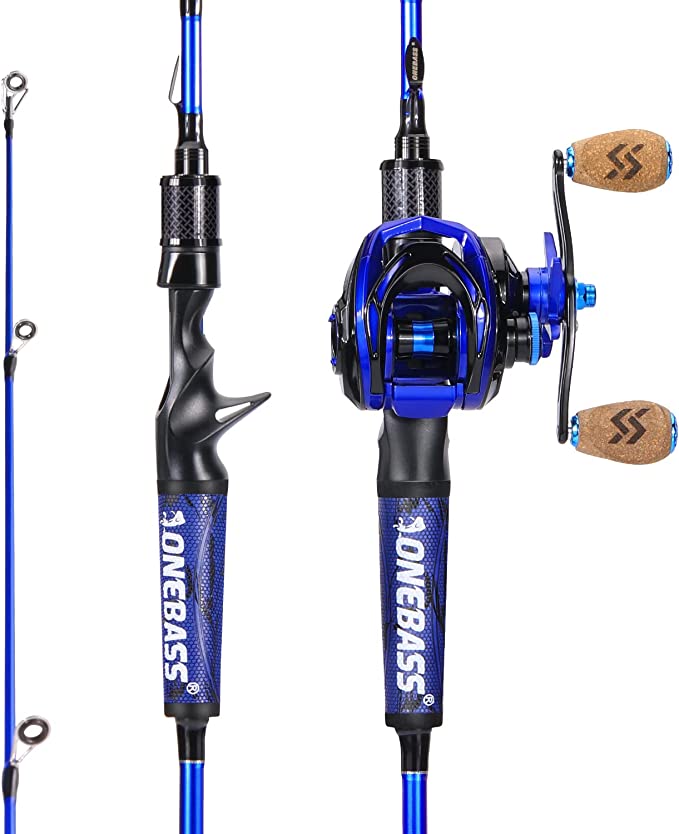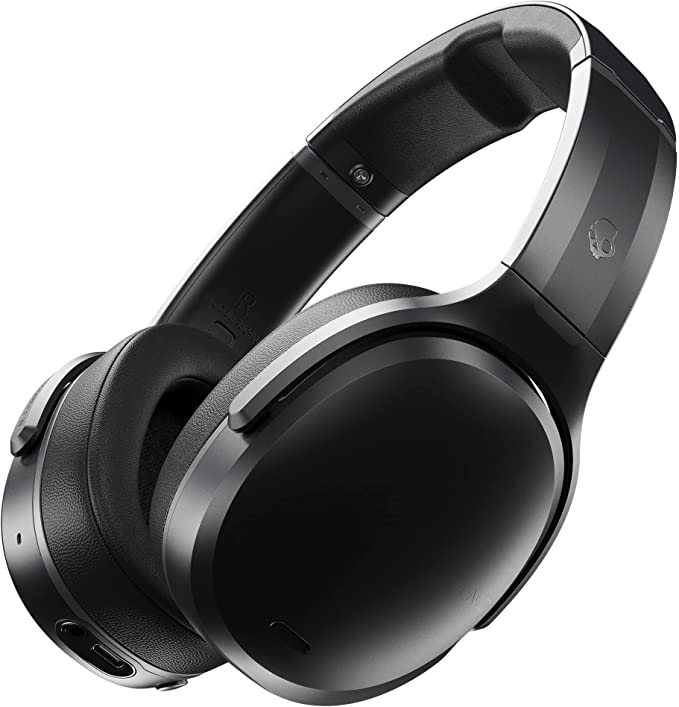Unlock the Perfect Brew: The Science Behind the L'ÉPICÉA Pour Over Coffee Maker
Update on Feb. 21, 2025, 3:34 p.m.
The gentle morning light filters through the kitchen window, illuminating a swirling dance of steam above a glass carafe. The air is filled with the rich, complex aroma of freshly ground coffee – a symphony of chocolate, caramel, and a hint of citrus, now with a subtle undercurrent of floral notes, a characteristic of the Ethiopian Yirgacheffe beans I’m using today. This isn’t just a caffeine fix; it’s a ritual, a meditation, a moment of quiet contemplation before the day begins. This is the art and science of pour-over coffee, and the L’ÉPICÉA Pour Over Coffee Maker Set is my chosen instrument.

The Dance of Water and Coffee: Extraction Explained
Pour-over, at its heart, is a carefully controlled extraction process. It’s about coaxing the best flavors from the coffee grounds using the precise application of hot water. But what makes it so different from, say, a standard drip machine? The answer lies in the details, the subtle nuances that transform a simple beverage into a sensory experience.
-
Temperature’s Tango: The water temperature is paramount. The Specialty Coffee Association recommends a range of 195-205°F (90-96°C) for optimal extraction. This range isn’t arbitrary; it’s directly related to the solubility of various compounds within the coffee bean. At these temperatures, desirable compounds like sugars, lipids, and certain organic acids, including chlorogenic acids which contribute to the perceived acidity and body, are efficiently extracted. Furthermore, many of the volatile organic compounds (VOCs) responsible for coffee’s captivating aroma – compounds like furans (caramel-like), pyrazines (nutty, roasted), and aldehydes (fruity, green) – have boiling points within this range, ensuring their release into the brew and, ultimately, your senses. Too low a temperature, and these delightful compounds remain trapped; too high, and you risk extracting undesirable bitter compounds like quinic acid.
-
The Blooming Marvel: As the first drops of hot water hit the grounds, you’ll witness a beautiful phenomenon – the “bloom.” The coffee bed expands, releasing a puff of trapped carbon dioxide (CO2) gas. This CO2 is a byproduct of the roasting process, where complex chemical reactions, including the Maillard reaction, occur within the bean. The bloom isn’t just visually appealing; it’s a crucial step. This degassing allows the water to better penetrate the coffee grounds, ensuring even saturation and preventing the formation of dry pockets that would lead to uneven extraction. It’s akin to preparing a garden bed before planting – aerating the soil for optimal growth.
-
Grind Size: The Key to Control: Imagine trying to dissolve a whole sugar cube versus a teaspoon of granulated sugar. The granulated sugar, with its larger surface area, dissolves much faster. The same principle applies to coffee grounds. The grind size directly impacts the surface area exposed to the water. For pour-over, a medium-fine grind, resembling coarse sand, is generally ideal. This provides a balance between allowing sufficient contact time for flavor extraction and preventing the water from flowing through too quickly (resulting in under-extraction and a weak, sour taste) or too slowly (leading to over-extraction and bitterness).
-
The Spiral’s Secret (L’ÉPICÉA’s Dripper): Now, let’s talk about the heart of the L’ÉPICÉA set – the conical dripper with its distinctive inner spiral design. This isn’t just a visually appealing flourish; it’s a clever application of fluid dynamics. As the water flows down the spirals, it creates a gentle, even turbulence. This controlled agitation ensures that all the coffee grounds are consistently saturated, preventing “channeling,” where water finds the path of least resistance and bypasses portions of the coffee bed. The result? A more balanced, flavorful, and complete extraction. The spirals encourage a more uniform flow pattern compared to a dripper with straight sides, where water might tend to rush down the center.

Crafting Perfection: The L’ÉPICÉA Pour Over Coffee Maker
The L’ÉPICÉA Pour Over Coffee Maker Set is more than just a collection of parts; it’s a thoughtfully designed system that brings together form and function.
-
Material Matters: Borosilicate Brilliance: Both the carafe and the dripper are crafted from borosilicate glass. This isn’t your average glass. Borosilicate glass, often used in laboratory equipment, is renowned for its exceptional thermal shock resistance – it can withstand rapid temperature changes without cracking. Imagine pouring near-boiling water into a cold glass – a recipe for disaster with ordinary glass, but perfectly safe with borosilicate. Furthermore, it’s chemically inert, meaning it won’t react with the coffee or impart any unwanted flavors, ensuring the purest taste experience. The clarity of the glass also allows you to witness the mesmerizing dance of water and coffee during the brewing process.
-
The Adjustable Advantage: Form and Function: The multi-jointed stainless steel stand is a testament to both elegance and practicality. Its adjustable height allows you to brew directly into your favorite mug, whether it’s a delicate teacup or a tall travel tumbler. This versatility is a key advantage.
-
The Foundation of Flavor: Base Stability: The base, with its walnut wood-patterned film, provides a stable and aesthetically pleasing foundation. The four non-slip silicone pads on the bottom ensure that the entire setup remains firmly in place, preventing accidental spills.
-
Beyond Brewing: A Carafe with a Secret: The cloudy glass carafe, complete with a silicone sealing lid, is more than just a vessel for your freshly brewed coffee. It can also be used as a standalone cup.
-
Maintenance Tips: Keep the Brilliance: Maintaining L’ÉPICÉA is easy, you only need to rinse with warm water and soap.

Brewing Beyond the Basics: Comparisons and Considerations
While pour-over offers unparalleled control, it’s helpful to understand how it compares to other popular brewing methods:
- Pour-Over vs. French Press: French Press coffee typically has a heavier body and more sediment due to the metal mesh filter. Pour-over, with its paper filter, produces a cleaner, brighter cup, highlighting the coffee’s more delicate flavors. The L’ÉPICÉA’s precise control over water flow allows for a more nuanced extraction than the immersion method of the French Press.
- Pour-Over vs. Aeropress: The Aeropress uses pressure to force water through the coffee, resulting in a concentrated, espresso-like brew. Pour-over offers a gentler, more extended extraction, yielding a larger volume of coffee with a different flavor profile.
- Pour-Over vs. Automatic Drip: Automatic drip machines offer convenience, but they often lack control over water temperature and flow rate, leading to inconsistent results. Pour-over, particularly with the L’ÉPICÉA’s adjustable stand and spiral dripper, puts you in complete control, allowing for a truly customized brew.
Beyond the brewing method, other factors contribute to the final cup:
-
Water Quality: Just as a painter wouldn’t use muddy water to mix their colors, you shouldn’t use subpar water for your coffee. Filtered water is highly recommended, as it removes impurities, such as chlorine and minerals, that can negatively impact the taste. Hard water, in particular, can lead to a duller, less vibrant flavor.
-
Coffee Bean Selection: The world of coffee beans is vast and varied. Different origins, roast levels, and processing methods offer a stunning array of flavors.
-
Filter Face-Off: The choice of filter material also plays a role.
- Paper filters: (like those included with the L’ÉPICÉA) produce the cleanest cup, removing most of the oils and fine particles.
- Metal filters: allow more oils and fine particles to pass through, resulting in a fuller-bodied, but potentially more sediment-rich, cup.
- Cloth filters: fall somewhere in between, offering a good balance between body and clarity.
-
Sensory Evaluation: Take a moment to truly appreciate your coffee. Inhale the aroma, noting the different nuances – floral, fruity, chocolatey, nutty. Take a sip and let the flavors wash over your palate. Consider the body – is it light and delicate, or full and rich? Paying attention to these sensory details enhances the overall experience and helps you fine-tune your brewing technique.

Advanced Techniques: Mastering the Pour
Once you’ve grasped the fundamentals, you can explore more advanced pour-over techniques:
- Pulse Pouring: Instead of pouring all the water at once, try pulse pouring – adding water in short bursts, allowing the coffee bed to drain slightly between each pulse. This technique promotes even saturation and can help to control the extraction rate, particularly useful for darker roasts.
- Varying the Pour: Experiment with different pouring patterns. A circular motion, starting from the center and spiraling outwards, is common. You can also try a center-focused pour, which some believe promotes a sweeter cup. The key is to ensure all the grounds are evenly saturated.

The Art of the Pour:
Pour-over coffee is more than just a brewing method; it’s a ritual, a moment of mindfulness in a busy world. It’s a chance to slow down, connect with the process, and create something truly special. The L’ÉPICÉA Pour Over Coffee Maker Set is a tool that empowers you to explore the fascinating science and art of coffee.







































